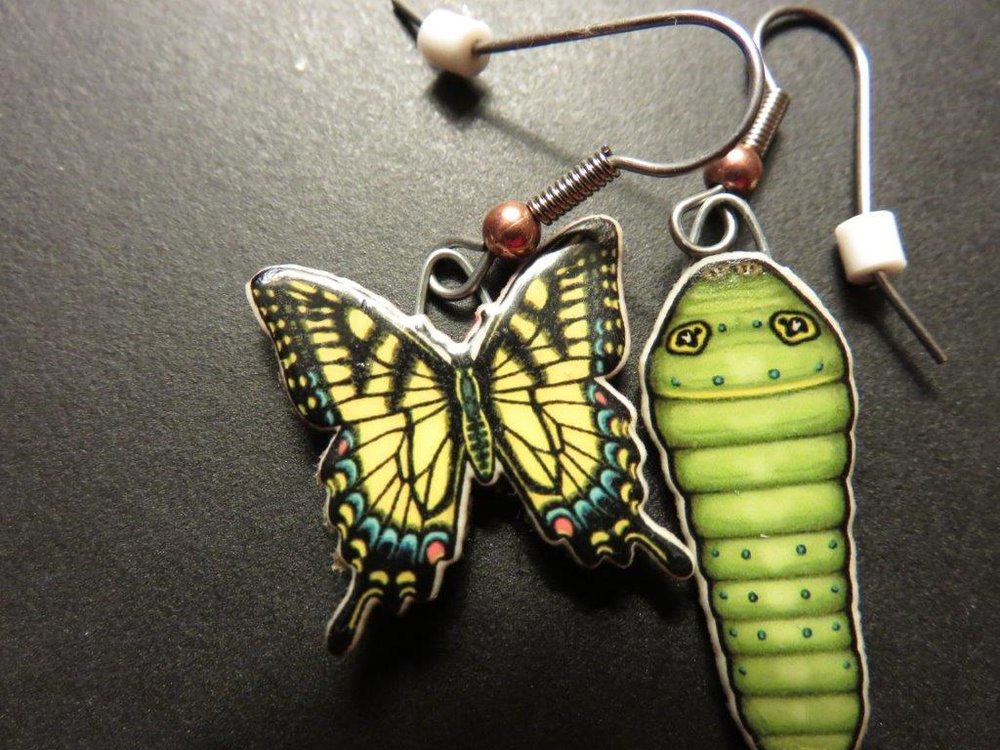Gleanings of the Week Ending February 28, 2015
/The items below were ‘the cream’ of the articles and websites I found this past week. Click on the light green text to look at the article.
 Pollinator Partnership Planting Guides - Planning a garden? How about giving the pollinators in your area a boost too? This site has a planting guide for ‘ecoregions’ in the US - accessed by entering your zipcode!
Pollinator Partnership Planting Guides - Planning a garden? How about giving the pollinators in your area a boost too? This site has a planting guide for ‘ecoregions’ in the US - accessed by entering your zipcode!
A Wet and Wild look Inside the 'Mushroom Houses' Of a Fungi Farm - Ever wonder how mushrooms you buy in the grocery store are grown? This post includes a short video. If we had household gardener robots - would you grow mushrooms as well as vegetables?
The Surprising, Depressing Reason Why City-Dwelling Robins Sing at Night - When I saw the picture at the front of this post, my first thought was “that’s not a robin.” But it is - a European robin. I was thinking of the North American variety. It is disturbing that our lights are messing up circadian rhythms - our own and other organisms.
What is the oldest city in the world? - It is surprisingly controversial. How many of the possibilities in the article have your heard about before?
Deconstructing mental illness through ultradian rhythms - A study that suggests that regular meals and early bedtimes may lead to a better life and prevent the onset of mental illness. The study discovered a new dopamine-based rhythm generator. The full paper is available here.
Retracing the roots of fungal symbioses - Mycorrhizal fungi live on the roots of host plants where they exchange sugars that plants produce for mineral nutrients that fungi absorb from the soil. It is hard to visualize - and often not well understood. Now genomics is being applied. Climate change will put whole new stresses on symbiotic relationships. I hope the knowledge gained from this type of research will help us maintain or increase food production as the environment changes.
Liquid Biopsy - Fast DNA-sequencing machines are leading to simple blood tests for cancer - There are some technologies that are so appealing…that you wish they were already available. But it is not easy. So far - the work is for specific types of cancers. The ability to do faster DNA sequencing is improving the prospects.
Ocean circulation change: Sea level spiked for two years along Northeastern North America - Climate change and the Atlantic Meridional Overturning Circulation (AMOC)…most of the models predict a weakening of the AMOC over the 21st century and it appears that there was changed in the 2009-2010 time frame.
Computational Anthropology Reveals How the Most Important People in History Vary by Culture - This study looked at articles about significant people in the English, German, Chinese and Japanese language versions of Wikipedia as a data source.
These Brilliantly Colored Bolivian Buildings Look Like Alien Spaceships - Wow! Almost too much color…but certainly different than the majority of buidlings.



























